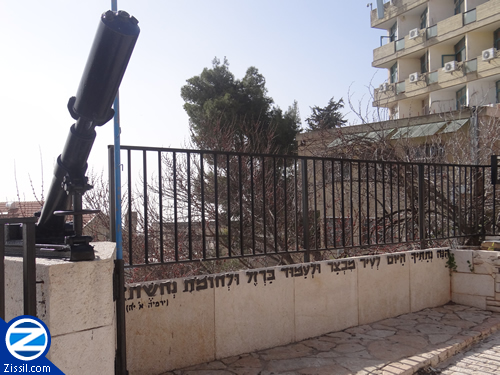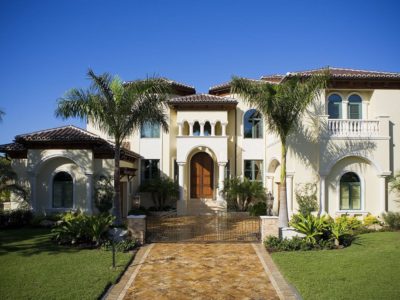The Old City of Tzfat is a unique neighborhood with a deep history and a diverse population. New residents will find that purchasing property in the Old Jewish Quarter brings challenges that are not faced by real estate deals in other parts of the world.
History
The modern Jewish settlement of Tzfat dates back to the 16th century when many Jews, fleeing the Inquisition and Exile of Spain and Portugal, joined the existing Jewish community in Tzfat. They built their homes along the mountain slope above the ancient cemetery. These homes were buried twice during earthquakes, in 1759 and again in 1837. Survivors build new homes on the still-standing ruins of these old homes.
Tabu
The families that owned property in Tzfat held “tabu” under Ottoman and subsequent British law. This indicated that the family owned the property. When the Jewish National Fund (JNF) began to purchase property in Palestine in 1901 they then leased these properties to the new owners, including kibbutzim and home owners. Until today, there are only a few areas in Israel where land ownership is still registered by tabu, including the Old City of Tzfat. All other land and real estate purchases are conducted through 99-year renewable leases, as established by the JNF.
For people who wish to buy property in Tzfat, the laws of tabu mean that they must somehow trace the original owners of a property in order to purchase it. Ownership of many properties is legally held by dozens, if not hundreds, of descendants of the original owner. Many new owners do succeed in tracking down the legal owners of properties in the Old Jewish Quarter and others are able to complete a purchase through a real estate agent.







